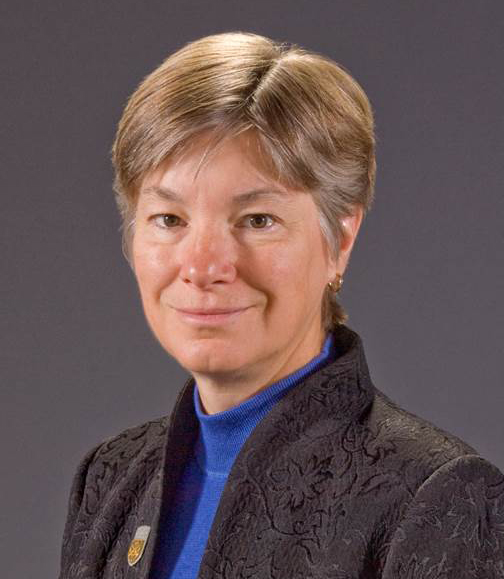by Laura Huenneke, Provost
Long-term planning seems appropriate for those of us working in—and committed to—a 114-year old institution. Besides, such a perspective comes with the neighborhood.
Nations and tribal communities have been here not for decades but for centuries or longer. Years ago, my view was reshaped by listening to Zuni’s Jim Enote reminding an audience, in a discussion about climate change, that the Zuni and other Pueblo people have been here and plan to remain for millennial-scale changes.
Planning for the long term is very hard to do, though. We are so driven by immediate issues, from paying bills to attracting next year’s student class. Still, this university puts admirable effort into planning, in the context of the Arizona Board of Regents 2020 vision. President Haeger uses the Strategic Planning and Budget Council to review and provide input on each year’s priorities and upcoming challenges. We regularly review and revise the overall university strategic plan, as well as track our progress. And there have been at least two efforts over the past decade to look ahead farther than just the typical 3-5 year cycle.
Planning can take different forms. Posing “what if” questions differs from making projections based on the current or most likely trends. A responsible approach is to spend effort on prediction but at least occasionally consider “black swan” or unlikely scenarios, just to test whether the organization would be resilient to potential disruption.
Technologies are emerging that could pose new competition to our basic model of residential education, and our increasingly connected world is vulnerable to social and economic disruptions. Academics should be more free than many to look out ahead and ask: Are we really taking advantage of this freedom and being responsible?



